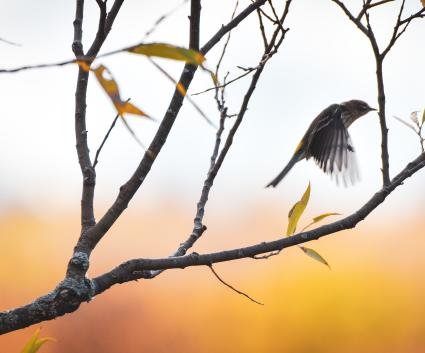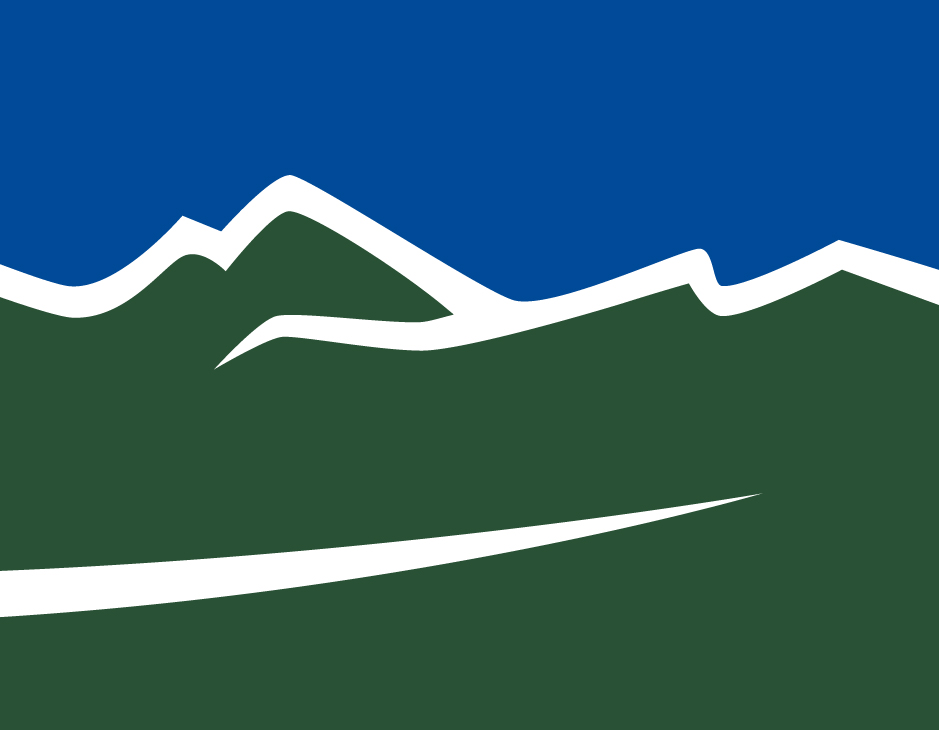Fantastic year-round birding
The Champlain Valley and Lake Champlain Region offer excellent year-round birding. Each season has different players that make an appearance. That just adds to the excitement -- you never know what you’re going to see!
Seasonal changes
As our landscape shifts throughout the year, so do the bird species we see around the region. Birdwatching is especially exhilarating in spring and fall, when migrating birds pass through our area in great numbers.
In winter, while much of the Adirondacks is plunged into cold and snow, the Lake Champlain Region stays just a touch warmer. Away from the lake, the many fields that dot the landscape can also be excellent throughout the winter for Horned Larks, Snow Buntings, Northern Shrikes, and Lapland Longspurs. Birders in search of raptors or wintering field species should check out places like the Magic Triangle or the fields south of Westport. Of course, no winter here would be complete without at least a few Snowy Owls making an appearance.
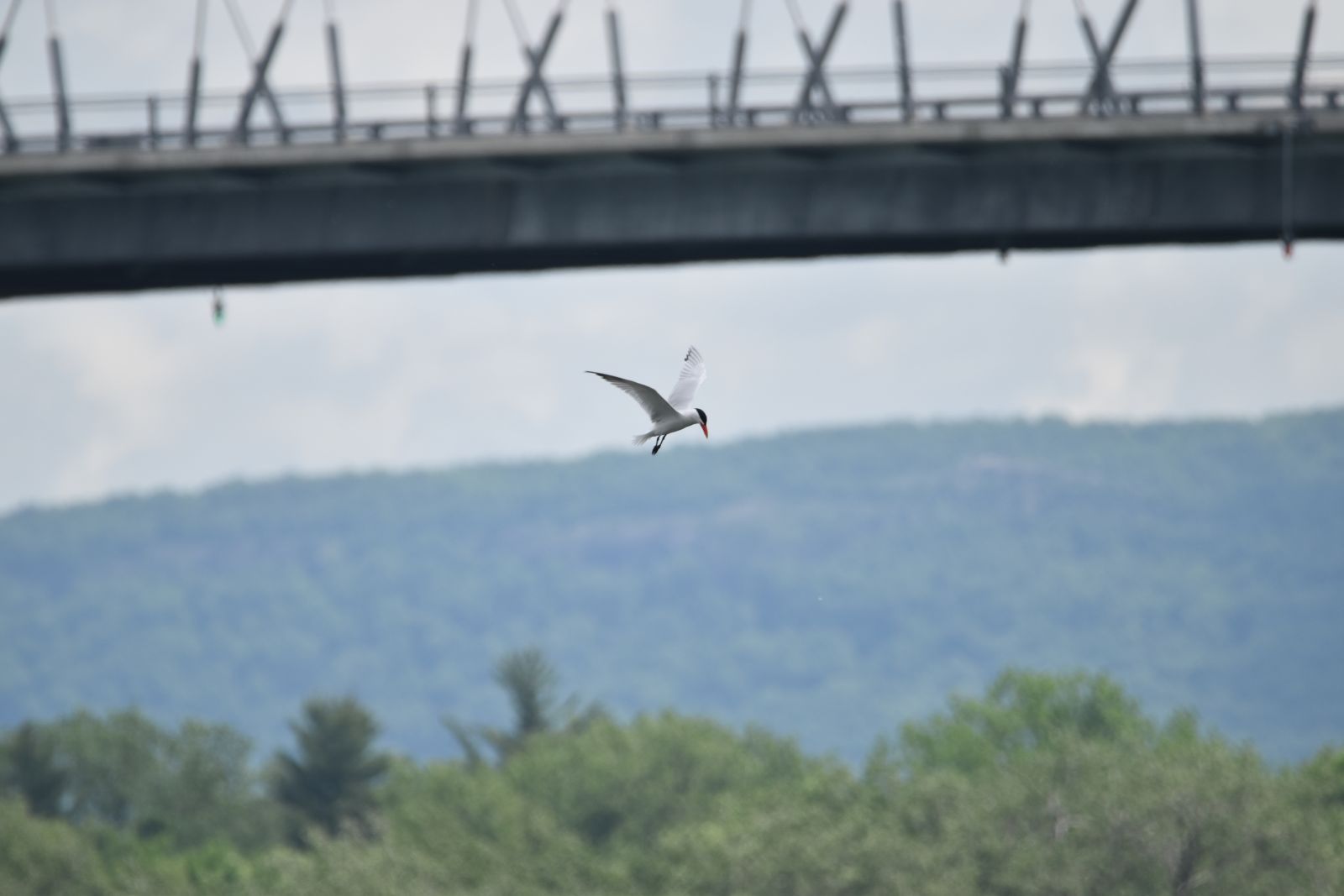
Spring comes a little sooner here than across most of the Adirondacks, welcoming back early migrants like Eastern Bluebirds, Common Grackles, Song Sparrows, and Red-winged Blackbirds. The arrival of these migrants coincides with the springtime advent of many other species like Caspian Terns on the lake, Eastern Meadowlarks in the fields, and Yellow-bellied Sapsuckers in the woodlands.
As the weather warms, the woods and waters swell with a diversity of bird species. By May, the woods are growing full of birds as migrants of all sorts, shapes, and sizes move along the spine of the lake, many of them passing through Crown Point State Historic Site and the songbird banding station there. The valley’s edge communities harbor nesting Baltimore Orioles and Chestnut-sided Warblers while the fields are the nesting habitat for Bobolinks and Savannah Sparrows. Over the open waters, don't forget to watch Osprey sweeping over the lake!
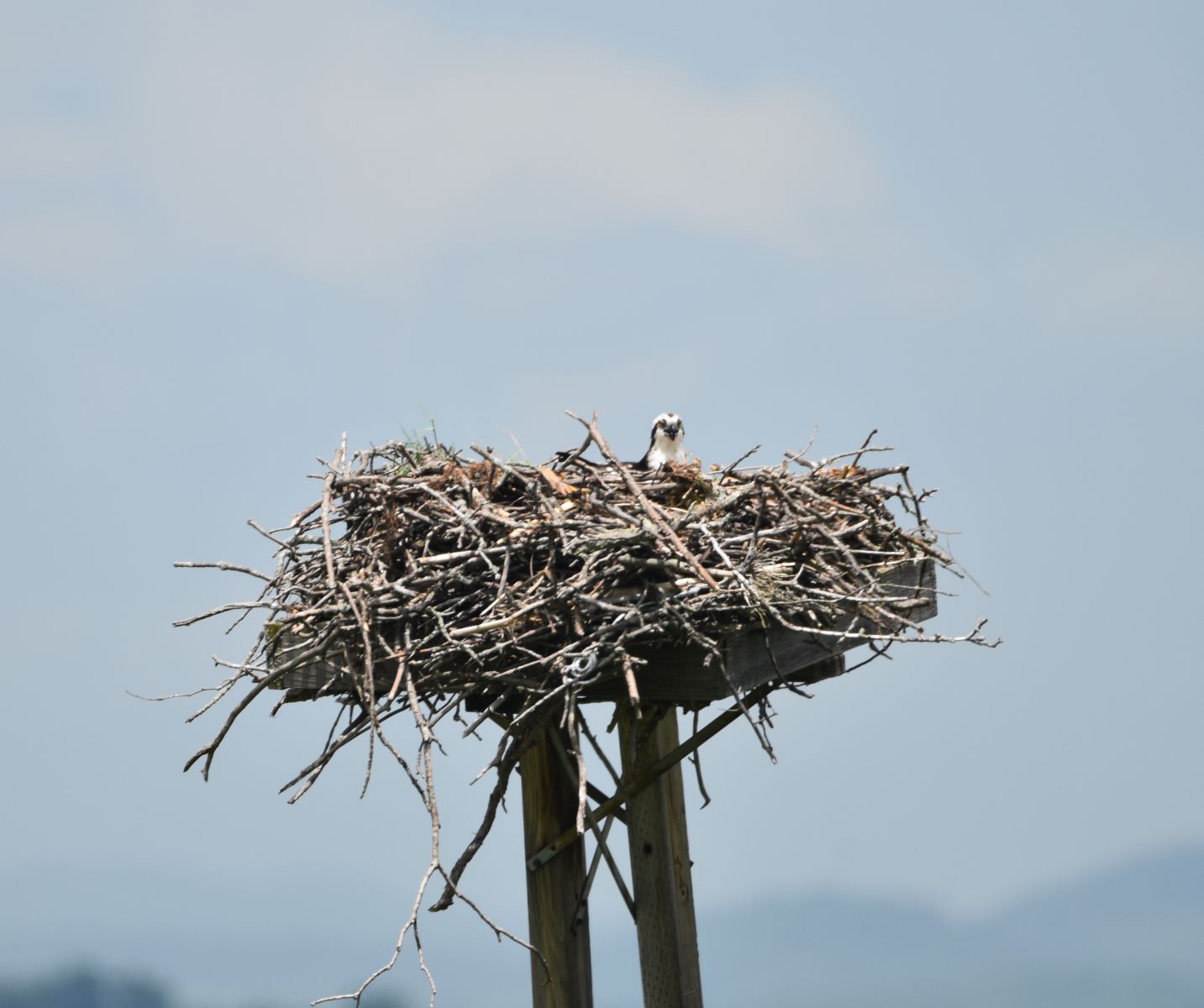
Summer days of nesting birds are short-lived – even in the valley. Soon the birds become quieter, their hormone-driven songs finished with the end of breeding. Instead they begin to feed voraciously in preparation for migration, flocking up in diverse (about twenty-five species of warblers alone can be found!), mixed-species groups. Such flocks make for excellent birding during the latter half of summer, but they are matched by the movement of other species along the lakeshore. After all, some of the first southbound migrants we find are shorebirds, and a wide array of shorebird species can be found along the mudflats and sandbars of the lake in places like Ticonderoga Marsh and Wickham Marsh – anywhere the water level is good for them to forage.
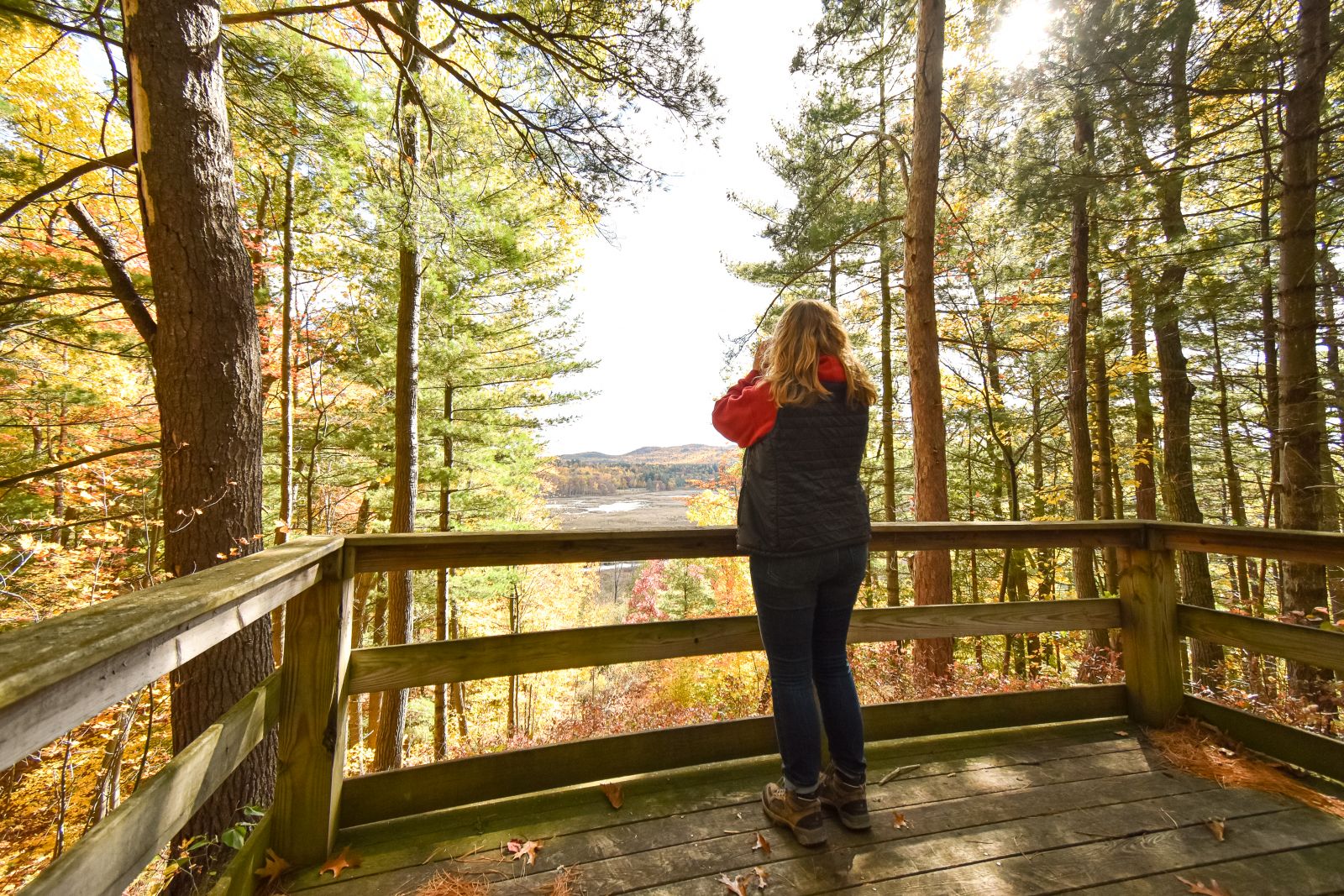
Many birds eventually depart as the temperatures drop and fall moves in. As the fall season advances, birders can sort through a miscellany of sparrows in the valley’s hedgerows, listen for American Pipits overhead, and keep an eye open for rarities. After all, fall is the best time of year to find rarities in the region. Like spring, fall is also marked by migrating raptors of all sorts, starting with migrating Broad-winged Hawks in September and ending with our first Rough-legged Hawks, which will remain with us all winter long. It is then that we also find our first American Tree Sparrows, Snow Buntings, Lapland Longspurs, and Northern Shrikes as the snow falls and autumn transitions to the holidays, winter, and the start of a new birding year.
Waterfowl, waterfowl everywhere
When the lake isn’t frozen, there are ducks aplenty! In spring, fall, and winter, thousands of waterfowl can be present in the Crown Point and Port Henry area at once, and birders can sift through the more common species for specialties like Barrow’s Goldeneye and Tufted Duck. Large rafts of Great Scaup can be mixed with different species of mergansers, Mallards, Northern Pintails, and Redheads. And, of course, there are usually gulls milling about with the waterfowl. Ring-billed Gulls are commonly seen, and Bonaparte's Gulls and Great Black-backed Gulls are not strangers, especially during fall migration. And speaking of fall migration, geese can be seen in very impressive numbers. There's always a chance to see a Ross's Goose or Greater White-fronted Goose within large flocks of Canada Geese.
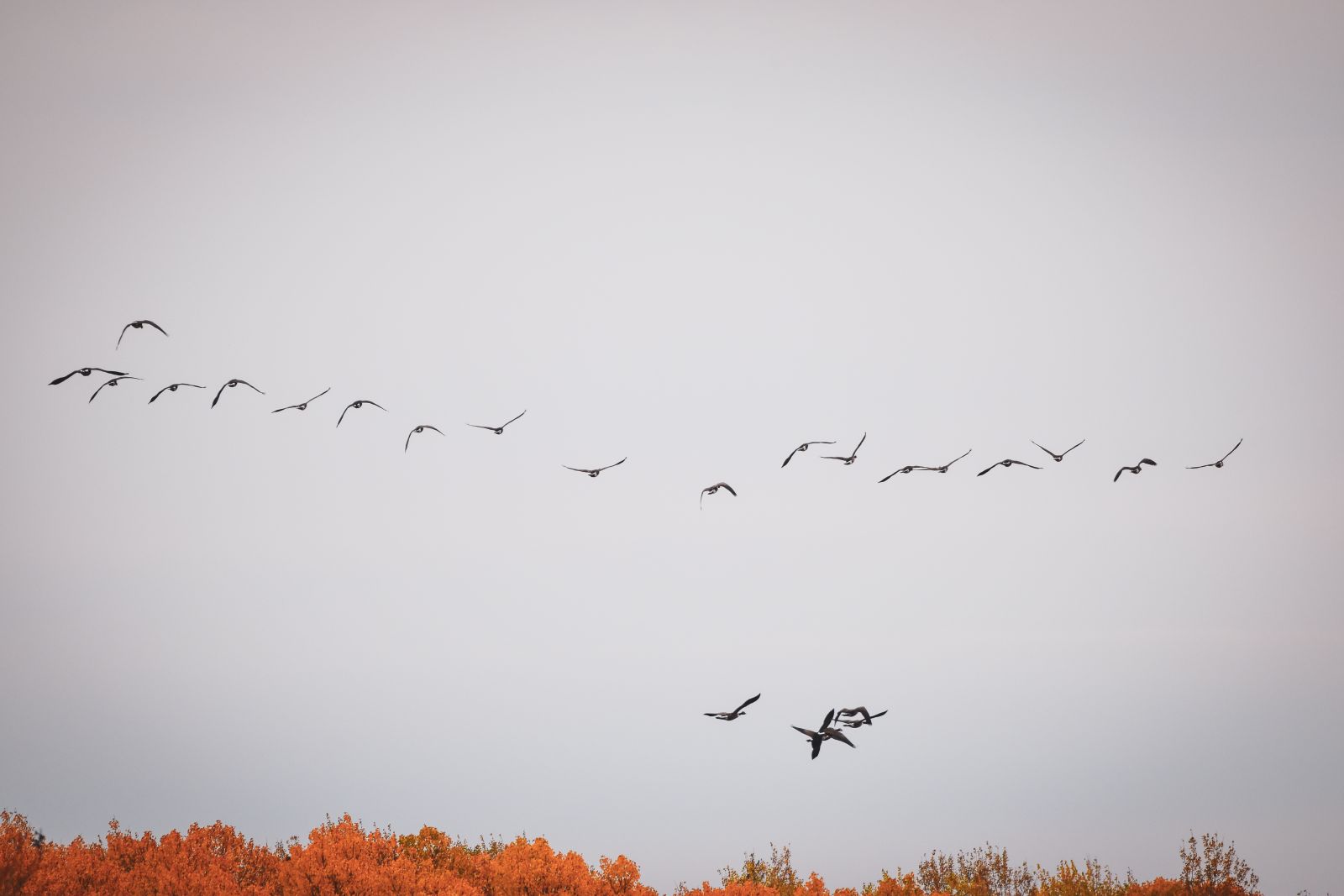
Find your nest
To learn more, read one of our latest birding blogs.
The aptly named "Lake Champlain Birding Trail" brochure will provide you with details of what species can be found in the region and includes a handy map guide. Click on the image below to view and print the brochure.
Leave No Trace and Love Your ADK
The magic of the Adirondacks is the result of previous generations taking a long view and protecting the mountains, lakes, and rivers within the Blue Line. That tradition continues today as we support and encourage everyone to practice Leave No Trace ethics, which help protect the lands and waters of the Adirondacks.






